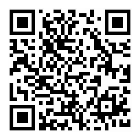(For new reader and thosewho request好友请求, please read my公告栏first)
26 years ago when I received the highest award of the IEEEControl System Society, The Control Engineering and Science Field Award, I gave the following acceptance speech. Re-reading it more than two decades later, I still feel the same way. I post it here to share with Science Net readers.
EDUCATION OF A CONTROL ENGINEER
-LESSONS I HAVE LEARNED-
Remarks by
Y.C.Ho
On accepting the IEEE Control Engineering and Science Field Award at the 28th Conference on Decision andcontrol
December 14,1989 Tampa,Florida
It is the tradition on this occasion for the recipient to say something about the history and the future of the field which is represented by this award. The six illustrious previous recipients of this award before me have very thoroughly reviewed the history of our Society and the award. I doubt that I have anything useful to add or subtract. As for the future, I am always reminded of the story about Professor Howard Aileen,the father of modem digital computers. I spent half of my professional life in the laboratory that bears his name. In 1948, Time Magazine did a cover article about the onset of the computer age and interviewed Professor Aiken. He had just finished building the Mark IV series of computers (note1).The reporter wanted to know how many of these Mark IV computers would eventually be needed by the world. Aiken thought about it and replied "Oh, maybe ten". So much for predicting future. Now this leaves me only with personal reminiscences. Of course, I could talk about how Kalman, Narendra, and I got together and wrote the controllability paper, or let you guess who wrote what part in the book Applied Optimal Control. But that is the same as foisting your home vacation slides on your dinner guests. What is interesting and memorable to me personally is not necessarily suitable material for public consumption.
Instead let me share some of the lessons I learned in the past 29 years (1960-1989) with you. They may be of interest particularly to young engineers in the audience who are just starting out in the business.In this connection I am reminded of last year's bestseller"All I really need to know I learned in Kindergarten " (note 2). While that may very well be true, I am a much slower learner. Looking back, I did not even begin learning useful lessons until the senior year in college and I am still learning to this date.
At one time in the 50's at MIT's EE department, the gospel was that there were only two books any electrical engineer needed to know.Symthe's"Static and DynamicElectricity" for the physically oriented and Bode's "Feedback Amplifier Design" for the mathematicians. In my senior year I registered for a course on high gain lowdrift DCamplifier design. I don't know how many of you in this room still remember the 400 cps chopper-stabilized DC vacuum tube feedback amplifiers. Designing those things is enough to drive one mad with frustration. Thinking that reading Bode would be beneficial, I tried without any success to understand the book even thoughit was extremely well written. Then and there, I learned the gap between theory and practice. At any given time, the most sophisticated theory always has very little to do with the most advanced applications.
My second lesson began when I went to work in industry for the Bendix Aviation Corp. At the time I had Brown and Campbell, and Newton,Gould & Kaiser (note 3) under my belt.I was all set to design servomechanisms. Instead , I was told to learn all about digital computers because my boss (note4) needed me to design logical circuits for numerical control. I knew nothing about digital computers, switching theory, transistors and magnetic cores. But I found out what a good education prepares you to do. It teaches you how to think for yourself and learn on your own. What I learned and did in12 months (four patents resulted) were a lot more than several courses put together.
My 3rd lesson began when I came back to Harvard- I learned the wonders and magic of applying mathematics in engineering. This essentially determined my work for the rest of my professional life. The works that influenced me included the early preprints of Kalman who was happy to sent them to anyone who asked for them, a draft copy of "adaptive control - a guided tour" by Bellman lent to me by my classmate, S. Dreyfus who was then programming for Bellman. I was also fortunate to be in the class the first time Bill Root taught Davenport & Root in book form. As the classic 50's song says, those were the days!
The early 60's gave me my fourth lesson- The limitation of mathematics in engineering. I owe this to the tutelage of Arthur E. Bryson, Jr. and Lotfi Zadeh. Some physicists take the position that it is not physics if it cannot be tested and validated.I came to appreciate that it is not engineering if it cannot be put into practice and that an"exercise left to the reader" is often the difference between success and failure of an engineering endeavor. Of course, this is a two edged sword. What is "intuitively obvious" to an engineer may require months of hard work by a mathematician to prove or, even more importantly, to disprove.
The following assertions and beliefs I hold dear to my heart:
a. Good ideas often come from real problems. Necessity IS the mother ofinvention.
b. Good ideas are often conceptually simple once thoroughly understood. One should take the position that it is possible to explain anything to anybody in any amount of allotted time at the level they can omprehend.
c. If you make a sincere commitment to work on a real problem rather than a commitment to use a particular technique,something good and interesting always comes out of it in the end.
d. You can learn anything in six months to suit your purpose. What looks formidable at a distance becomes far less so once you get into it. Thus, by all means dive into new fields. It is far easier to pick up loose nuggets lying on the surface than to dig deep into a mine worked out by someelse.
My personal experiences whether they were with differential games, (the result of studying proportional navigation law and dog fight ,1966), team decision analysis (understanding the question who knows what when, and the second guessing paradox, 1970), incentive control (from time-of-day electricity pricing, 1979), or PA and DEDS (from a real manufacturing problem,1977) certainly reinforce these beliefs.
After almost 3 decades, I am still learning.This is the greatest joy of an academic career.You never stop or want to stop learning. Looking back, I realize "I am a lucky guy" (note 5) .Without the love and total supportof my parents, family, and particularly, my wife of 30 years , I surely would not be here tonight.The many good friends, colleagues, and my 37 former Ph.D.students in the field have all taught me much more than I taught them. Above all,on occasions when I became lazy or sloppy, they were the ones who kept me honest. My whole career is essentially spent working for one institution which represents the best example of American private higher education; I thank Harvard University for the standard she inspires and the freedom she gives to young faculty members. But in this holiday season of thanksgiving and particularly in such an eventful year in world affairs as this, one entity symbolizes all the good things I am thankful for. It is old fashioned and may be chauvinistic to say this in such an international setting, but I say it with sincerity and all the gratitude that only an immigrant is privileged to feel about his adopted country - "Thank you, the United States of America, for the freedom and opportunities you give to your citizens". Good evening and happy holidays.
Reference notes
1. which had less memory than one of those $500 TI programmable calculators nowadays carried around by high school students.
2. Robert Flughum,Random House1988.
3.Two best known control texts at that time.
4.Dr. E. Calvin Johnsonof the describing function fame.
5. Phrase made popularby the comedian, SteveMartin.


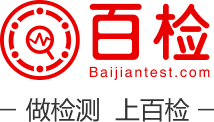
 1stH.248.46 SPANISH-2007 H.248.46 SPANISH-2007 Gateway control protocol: Connection capability control
1stH.248.46 SPANISH-2007 H.248.46 SPANISH-2007 Gateway control protocol: Connection capability control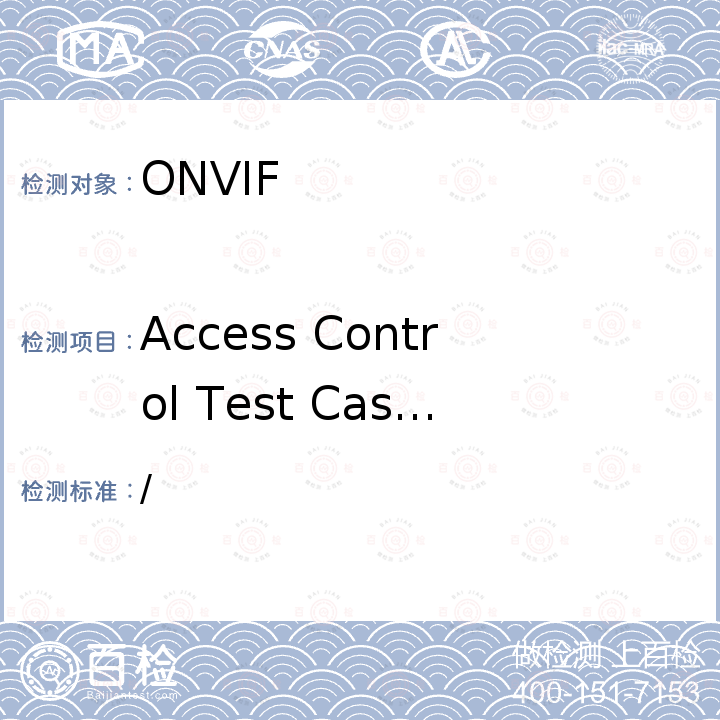

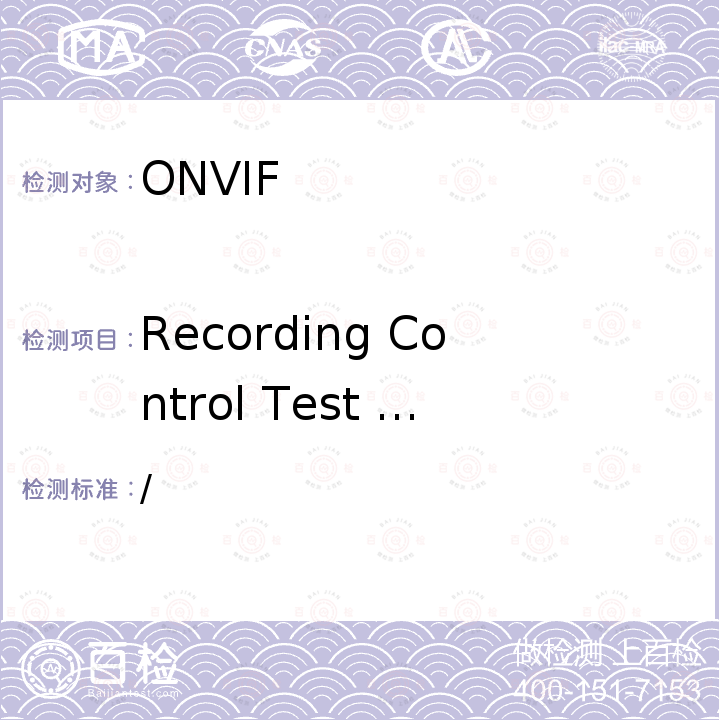
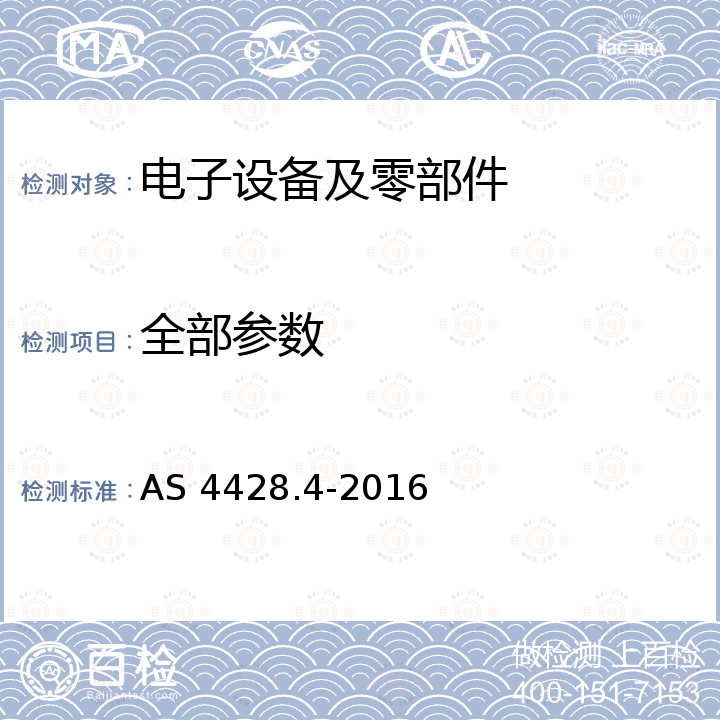
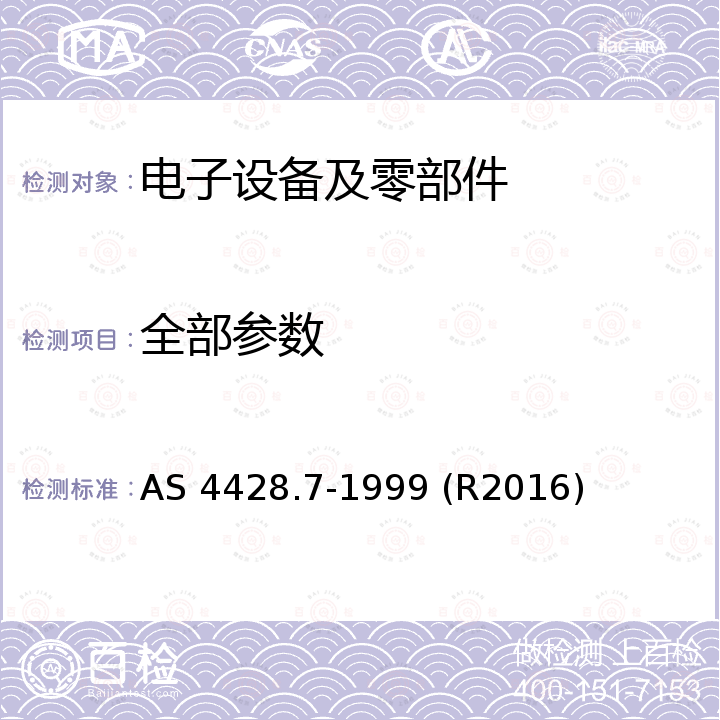
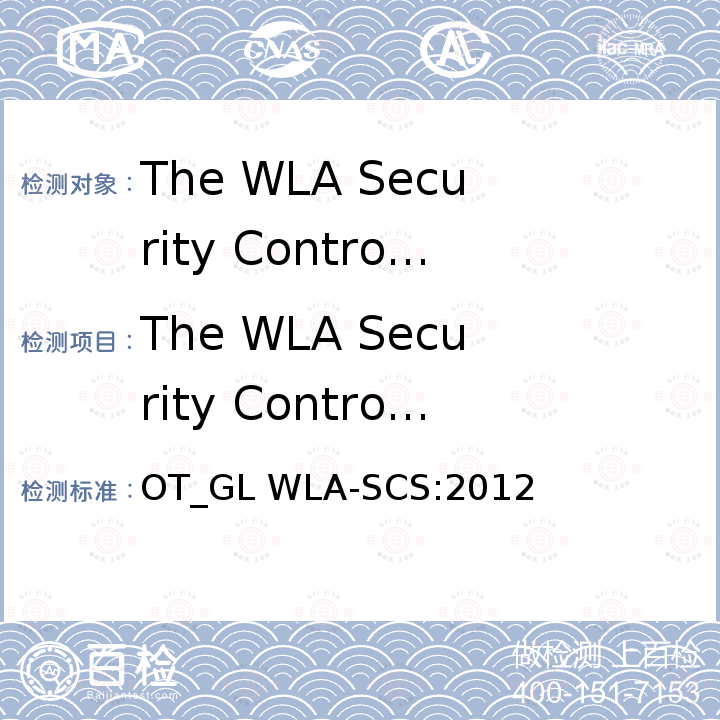
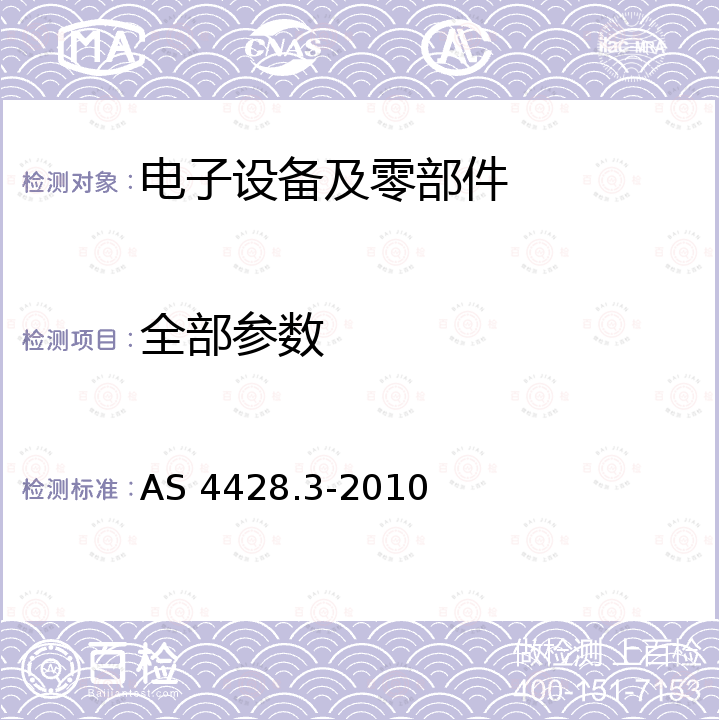
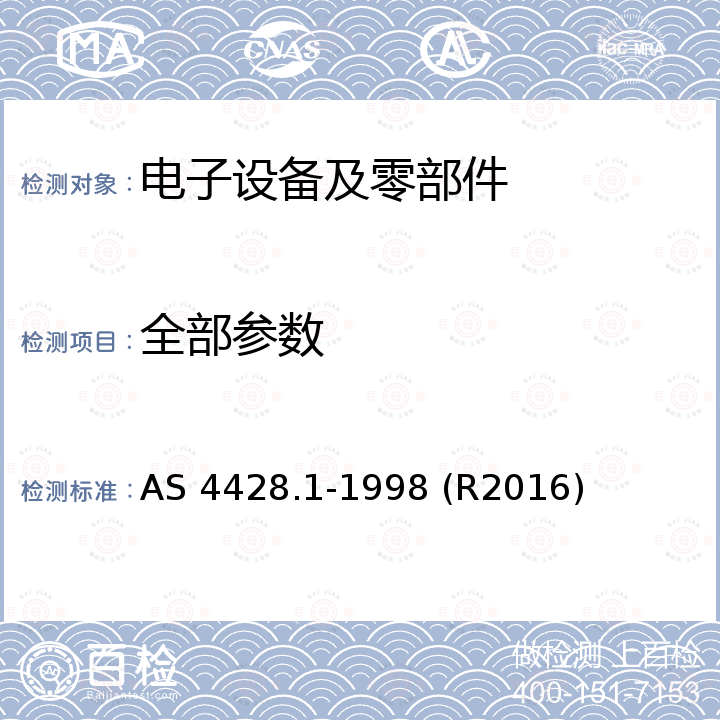

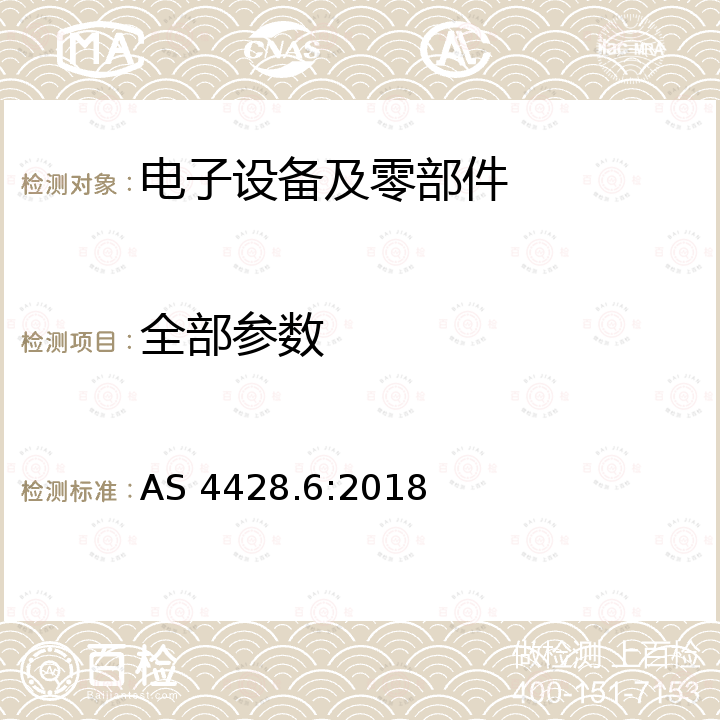


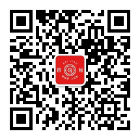
 400-101-7153
400-101-7153 15201733840
15201733840